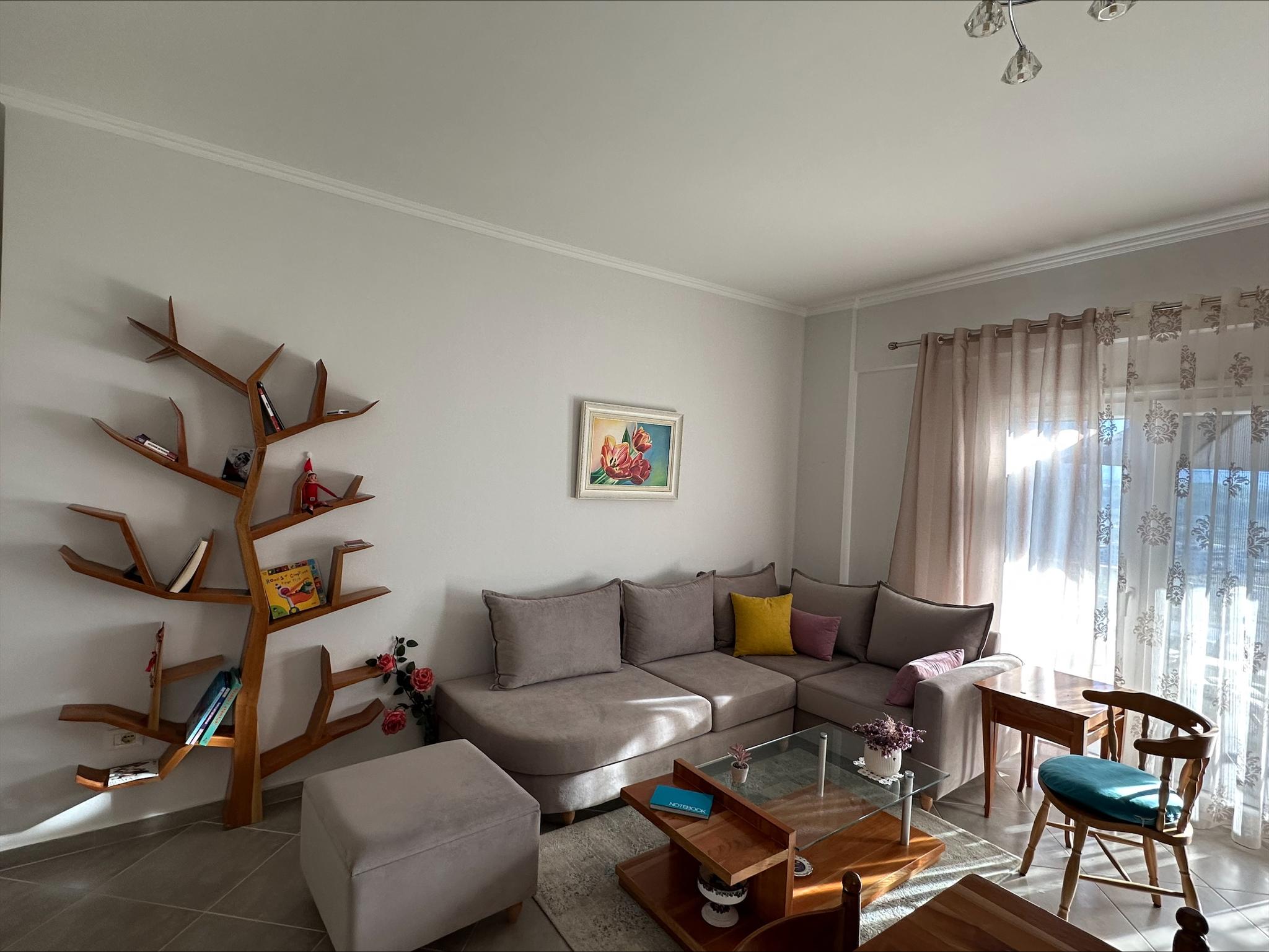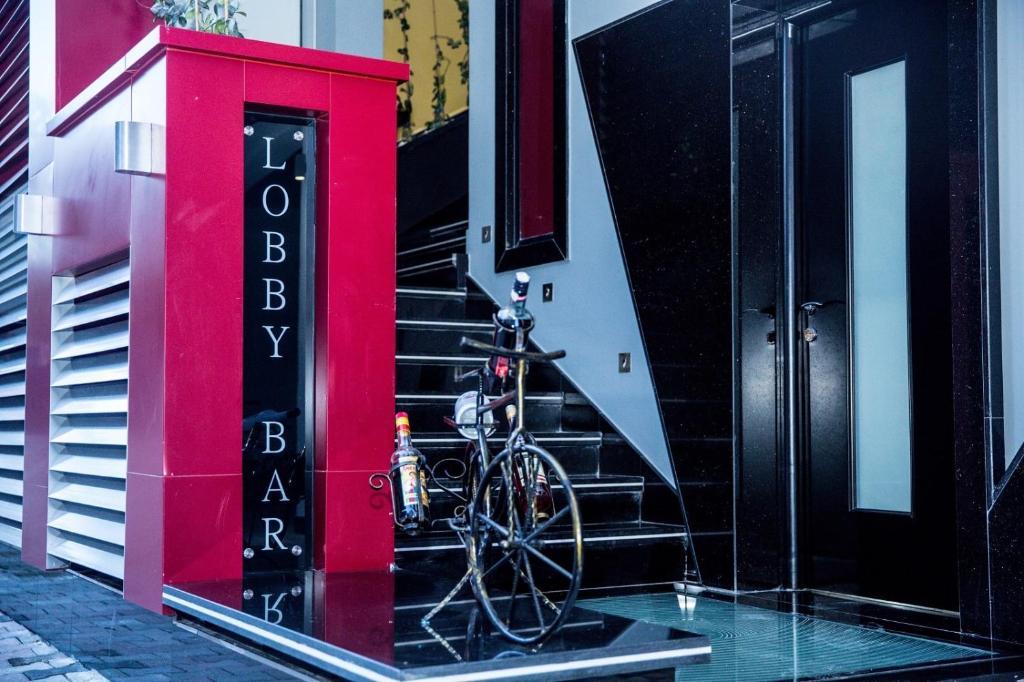Where are you going?
Check-in
Check-out
Guests
1 Adult, 0 Children

Tirana
Tirana
The largest city in Albania, Tirana, was founded in the 17th century by the Ottomans. It gained prominence throughout the years until it became the capital and the centre of the Albanian government.
Most of the significant educational institutions and universities in Albania are located in Tirana. The University of Tirana and The Polytechnic University of Tirana are the most famous institutions in the city.
As the centre of the economy, Tirana is host to several important industries such as telecommunications and financial services. Tourism has also expanded recently, and the city has become an excellent destination for tourists.
The Tirana International Airport is one of the two major international airports serving the capital's metropolitan area. The city’s road system has connections to every other place in the country, as well as to neighbouring countries. Tirana’s geographical centrality has been a contributing factor in this respect. Hekurudha Shqiptare railway system also connects the city to Vlorë and Durrës by train.
Tirana Top Attractions
For its status and historical expansion, Tirana has become a great destination for tourists, with a variety of cultural and historical attractions to see. Here, we look at some of the best-known ones:
Bunk'Art 1 and 2
The most valuable arena where you will get a first-hand experience of Albania's modern history is in Bunk'Art 1 and 2, two underground bunkers that act as a corridor into the past. They were initially planned as a safe place in case of nuclear attacks during the Cold War, but they are now an important museum in Tirana.
They are two video museums on the city's outskirts dedicated to the history of Albanian political and social affairs in the 20th century. Bunk'Art 1 focuses on the post-world war communist army and the everyday life of citizens. Bunk'Art 2, on the other hand, is dedicated to the Internal affairs ministry and its history from 1912 to 1991.
These bomb shelters are decorated with art exhibitions and historical artefacts. For an extra price, you will be able to have an audio guide, too, telling you whatever you need to know.
Skanderbeg Square
Skanderbeg Square is named after Gjergj Kastrioti Skanderbeg, a national hero who resisted the Ottoman invasions in the 15th century. His statue is erected at the centre of the square and is about 11 metres high. Skanderbeg Square is nearly a century old, but it has undergone many changes and revisions as different governments came by. The latest renovations happened in 2017 when it became part of the biggest pedestrian zone in the region.
This large square is surrounded by the national history museum and government and cultural buildings. You will also be able to spot the national opera house and the historical Et'hem Bej Mosque.
It is incredibly wonderful to visit at Christmas time when the Christmas market is held there.
Dajti Ekspres “Cable Car”
Dajti Ekspres allows you to enjoy a breathtaking view of Tirana by taking a cableway up the Dajti mountain.
On the top, you will have the opportunity to enter an adventure park, which is a perfect setting for a day out with the family. You can also attend Ballkoni Dajtit restaurant, whose outdoor terrace provides the best location for a lovely meal.
Inside the Dajti Complex, two playgrounds are designed for children’s entertainment. You and your family may also try Dajti’s 18-hole mini-golf. You can do many other activities on the top, such as horseback riding and air rifle shooting.
If you have not had enough of the mountain, you may also walk your trip down instead of taking the cable, enjoying a relaxing stroll.
Muzeu Historik Kombetar
Inaugurated in 1981, Muzeu Historik Kombetar (National History Museum) is the most important museum in Albania and depicts Albanian history for the public. It is located in Skanderbeg Square and is close to other important attractions in the city.
The artefacts and objects on display are categorised and put into different pavilions. The pavilion of antiquity is a rich collection of archaeological discoveries and pre-historic documents, providing a glimpse into the region's economic history.
Works associated with more contemporary events and personalities are also on display. The Hall of Albanian Renaissance is dedicated to an era from the mid-1800s to the early 1900s, when several activists and writers made significant contributions to the Albanian identity.
The other sections in the museum include:
- the Mediaeval pavilion,
- the Hall of Albanian Independence,
- the pavilion of icons,
- the Hall of communist persecution.
Paymán Club Properties in Tirana
Paymán Club currently offers one cosy room in Tirana. The room consists of one king-sized bed and accommodates up to two people. For further details, you can check the property’s page below.



